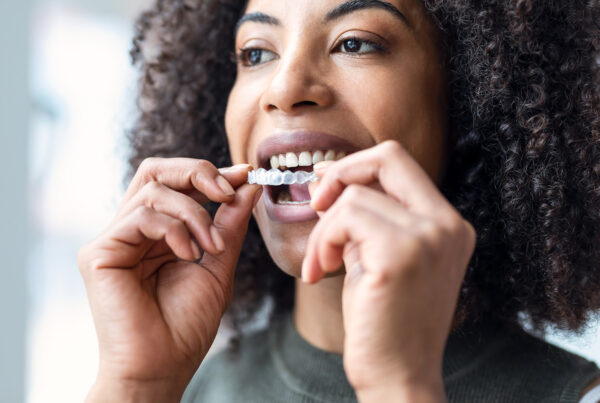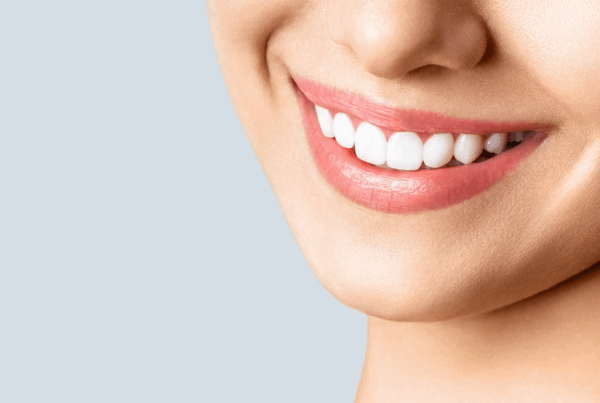You finally decide to whiten your teeth, expecting dazzling results. But after using that over-the-counter whitening kit, nothing changes. The culprit? Probably the type of stain you’re dealing with.
At Encino Dental Studio, we often hear from patients frustrated by whitening treatments that didn’t work. And the truth is, not every stain responds to the same approach. Let’s break it down so you know what’s really going on behind the discoloration—and what can be done about it.
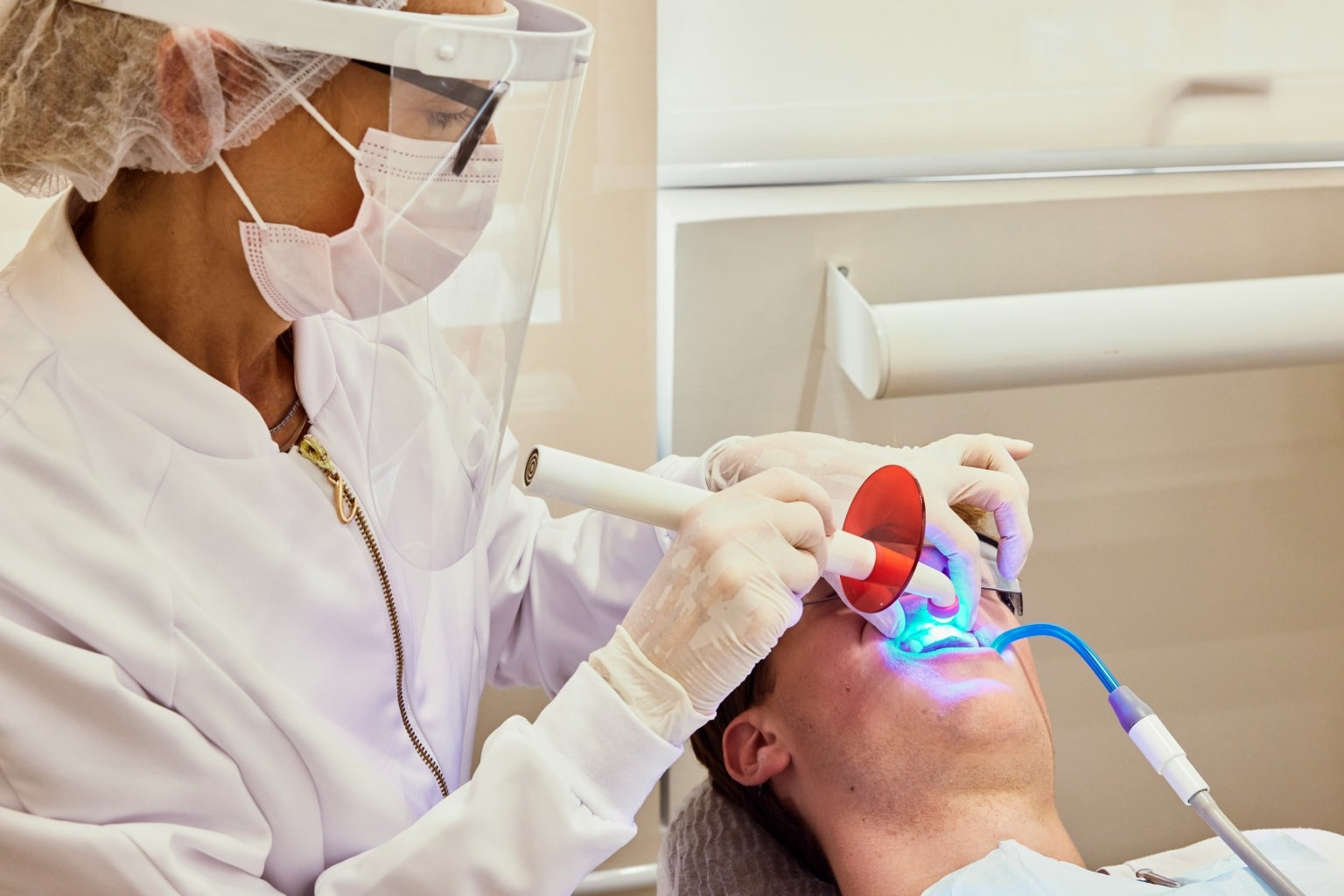 What’s the difference between extrinsic and intrinsic tooth stains?
What’s the difference between extrinsic and intrinsic tooth stains?
Extrinsic stains are surface-level stains that affect the outermost layer of your tooth, known as the enamel.
These are the most common and are usually caused by what you eat, drink, or smoke.
- Common culprits include coffee, tea, red wine, soda, berries, and tobacco.
- Because they sit on the surface, they’re often easier to remove with professional cleanings, whitening toothpaste, or in-office whitening treatments.
Intrinsic stains are deeper and more difficult to treat.
They form within the dentin, the layer just beneath the enamel.
- These stains often result from internal factors like tooth trauma, aging, certain antibiotics (like tetracycline), or excess fluoride exposure during childhood.
- Because they are embedded in the tooth structure itself, standard whitening methods usually have little to no effect on them.
- Treating intrinsic discoloration may involve options like bonding, veneers, or deeper whitening systems tailored to penetrate below the enamel.
There’s also a third type: age-related stains, which are a mix of both extrinsic and intrinsic discoloration.
- Over time, enamel naturally becomes thinner, making the yellowish dentin more visible.
- At the same time, decades of coffee, tea, and other stain-causing habits build up on the surface.
- The result is a duller, darker smile that feels harder to brighten with whitening products alone.
Why this matters:
Understanding the type and source of your tooth stains is essential to choosing the right whitening solution.
- Extrinsic stains? Great candidates for whitening gels, strips, or in-office treatments.
- Intrinsic or age-related stains? You’ll likely need a more comprehensive approach to get even, lasting results.
We always recommend a professional evaluation at Encino Dental Studio so we can tailor the treatment to the kind of stain you’re actually dealing with—not just what looks discolored.
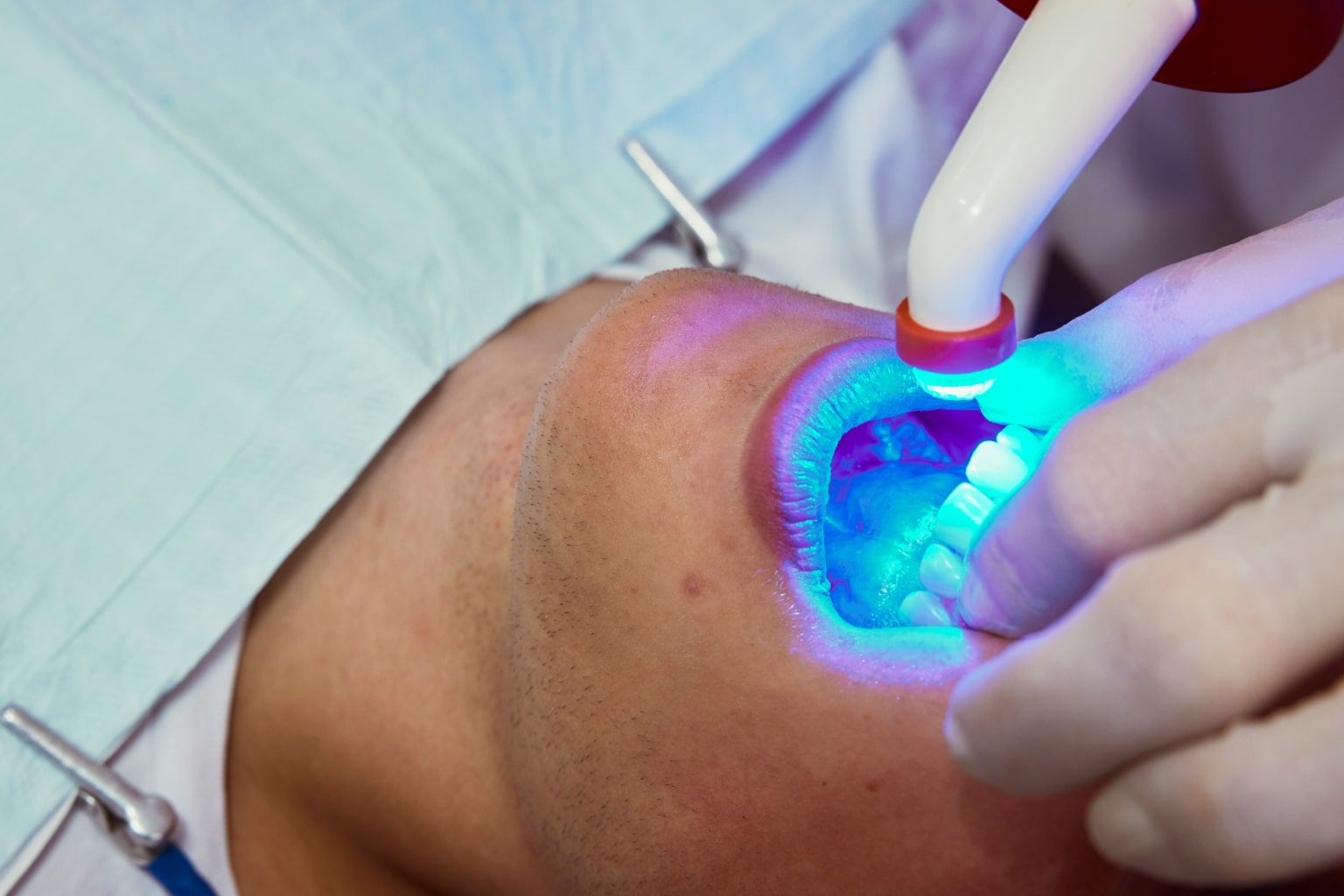 What causes brown, yellow, or white stains on teeth, and what type are they?
What causes brown, yellow, or white stains on teeth, and what type are they?
Brown stains are most often extrinsic, while white and yellow ones can be both extrinsic and intrinsic, depending on the cause.
Brown stains usually come from your habits. Coffee, soda, tobacco, and dark berries all leave behind brown pigments that stick to your enamel. These stains tend to be patchy, especially near the gumline or in areas where plaque builds up.
Yellow stains can mean two different things. If your enamel is thinning and the underlying dentin shows through, that yellow hue is intrinsic. But yellowing from food or poor brushing is extrinsic and may lift with whitening.
White spots? They’re often a sign of too much fluoride during childhood (fluorosis) or early-stage tooth decay. These are intrinsic in nature, meaning traditional whitening might not even out their appearance. In fact, it can make them more noticeable.
Here’s a quick breakdown:
- Brown Stains: Coffee, tea, tobacco, colas (extrinsic)
- Yellow Stains: Thinning enamel or poor oral hygiene (intrinsic or extrinsic)
- White Stains: Fluorosis, mineral loss, or early decay (intrinsic)
This is why a proper evaluation matters. Whitening can brighten the overall shade of your teeth, but if you have uneven patches or deeper issues, you’ll need a more tailored solution.
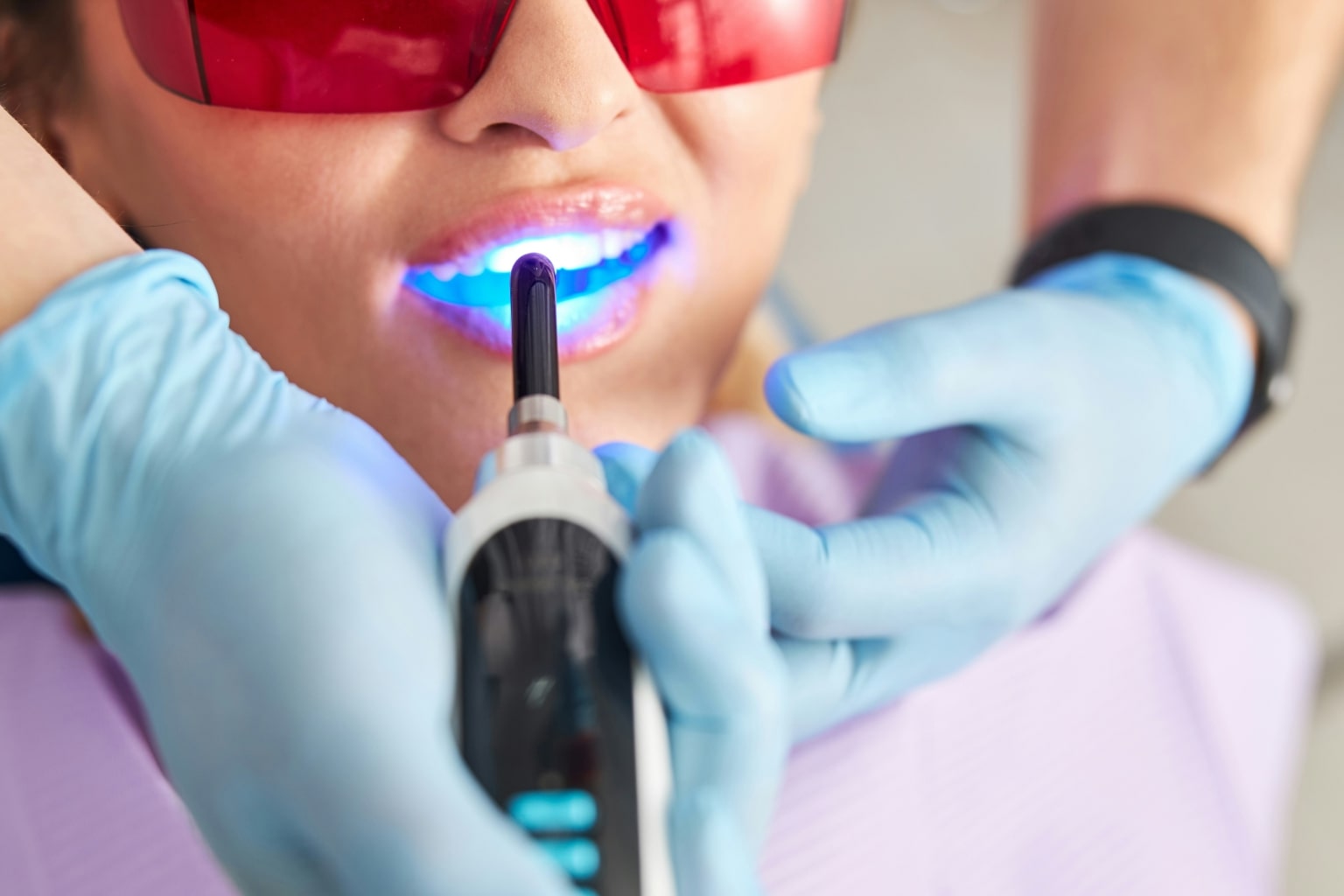 How do you remove different types of tooth stains (e.g., coffee, tobacco, aging), and which treatments work best?
How do you remove different types of tooth stains (e.g., coffee, tobacco, aging), and which treatments work best?
Coffee and tobacco stains are best removed with professional whitening, while aging and internal stains may require alternative treatments.
If your teeth are stained from lifestyle habits like drinking red wine or smoking, in-office whitening treatments can often lift these pigments in one visit. These treatments use stronger whitening agents than store-bought kits and are applied under supervision, so they’re more effective and safer for your enamel.
Take-home whitening trays from your dentist are another great option for surface stains. They’re custom-fitted and come with professional-grade gel, giving you even coverage and better results than strips or pens.
Tobacco users may need more than one round of whitening. Tar and nicotine embed deeply into the enamel, and while professional treatments can lift these stains, it may take a few sessions.
For intrinsic or age-related stains, whitening may not go far enough. Options like:
- Dental Bonding: A tooth-colored resin covers the discolored area.
- Porcelain Veneers: Thin shells placed over the front of your teeth for a dramatic change.
- Microabrasion: Used for certain white spots by removing a thin layer of enamel.
Even a professional cleaning can make a noticeable difference. Sometimes what looks like staining is actually tartar or plaque buildup, which whitening won’t fix.
The key is matching the treatment to the stain. A blanket solution like whitening strips isn’t going to cut it for everyone.
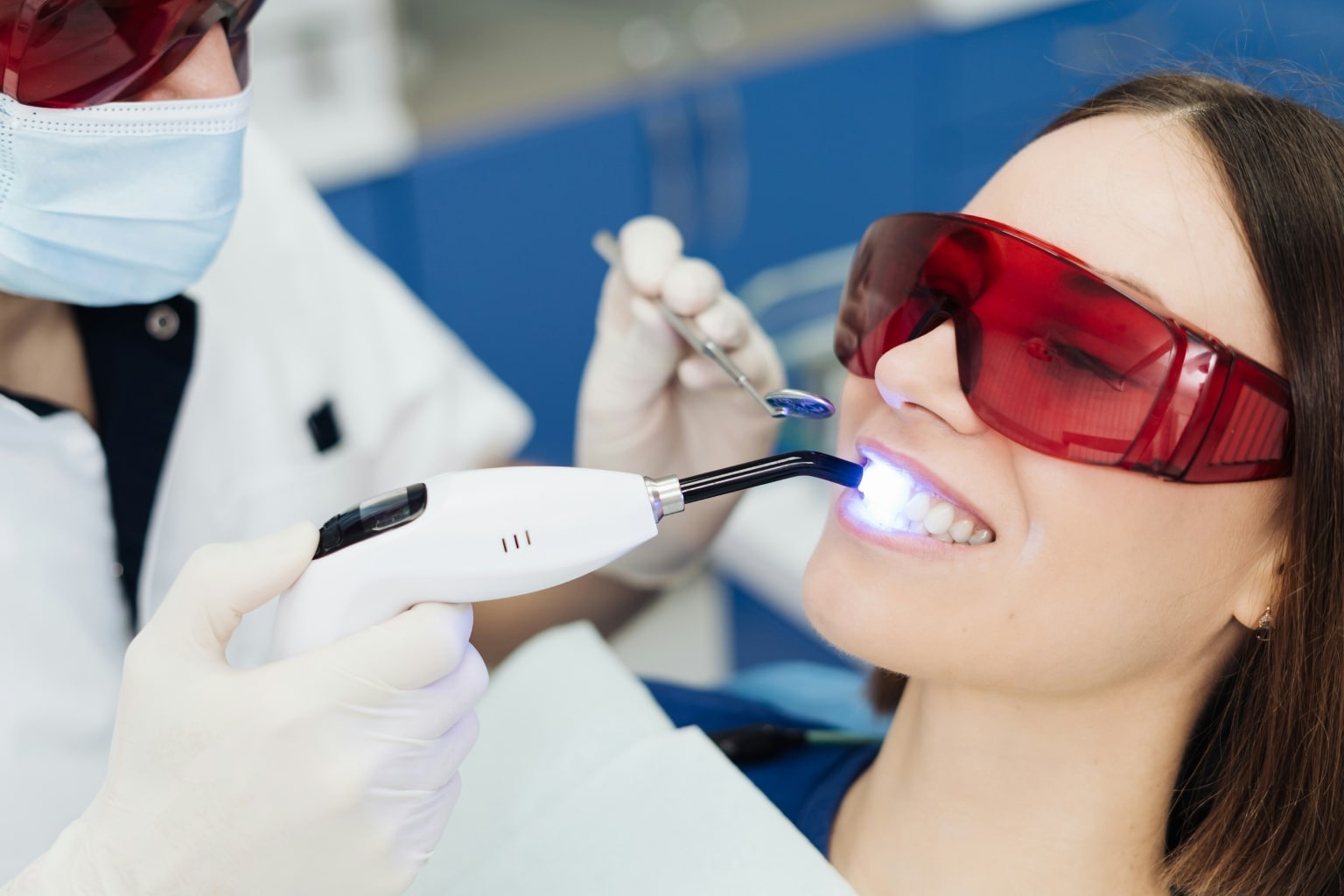 Why whitening fails (and what to do instead)
Why whitening fails (and what to do instead)
You tried a whitening kit, but nothing happened. The problem isn’t always the product—it’s often the diagnosis. Whitening treatments are designed to target surface stains, not internal ones. And when your stains are a mix of both, you need a more comprehensive approach.
Before you invest in another gel or LED light, get an expert opinion. At Encino Dental Studio, we examine the stain type, location, and overall health of your teeth before recommending anything.
We might suggest:
- A professional cleaning first
- Whitening trays with stronger gel
- Avoiding foods or habits that keep re-staining your teeth
- Cosmetic options like bonding or veneers if whitening isn’t enough
And sometimes, we may tell you whitening isn’t the best route—and that’s just as valuable.
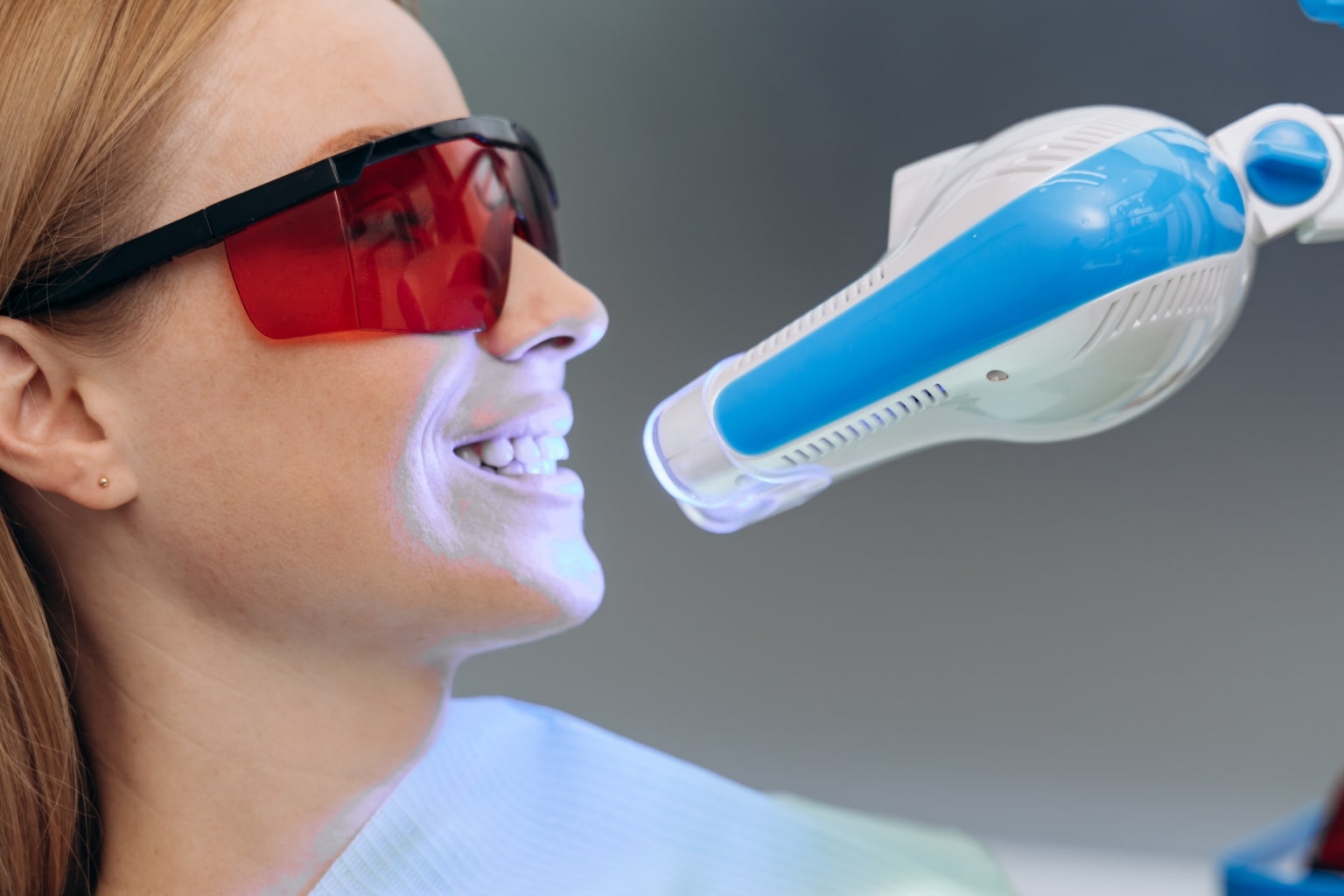 Let’s find the right whitening plan for you
Let’s find the right whitening plan for you
No two smiles are the same, and no two stains are either. The best whitening strategy starts with understanding what kind of discoloration you’re dealing with and choosing treatments that actually work.
Whether you’re looking to freshen up your smile before a big event or want a long-term solution to stubborn stains, we’ve got options tailored to your needs.

